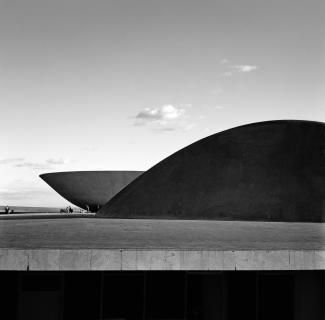


To understand photography in Brazil today we have to understand its importance to the country’s cultural scene since its earliest use in the country. The story begins with Antoine Hercule Romuald Florence’s isolated experiments that led to the discovery of photography in Brazil in 1833, followed by Emperor Dom Pedro II’s intense interest in photography and close interaction with the photographers of his day, especially photographers of landscapes and portraits, many of whom were based in Rio de Janeiro, like Augusto Stahl, Revert Henri Klumb, Joaquim Insley Pacheco and Marc Ferrez.
Throughout the twentieth century, photography grew in line with the country’s development, spreading to every region. Three new branches of Brazilian photography took root as of the 1940s: the arts circuit, associated with the formal experimentations of modern photography exemplified by the work of Geraldo de Barros, Thomaz Farkas, German Lorca and others; photojournalism, structured around O Cruzeiro magazine, especially in its humanist expression; and photography applied to architecture, industry, design and advertising. These branches, propitiated by the country’s growth, especially that of São Paulo, have had a direct influence on the work of today’s photographers.
Contemporary Brazilian photography is a direct legacy of these earlier practices, but also the result of schisms wrought by the country’s political and cultural trajectory, like the military dictatorship from the 1960s to the 1980s, under which a whole new generation of photographers came of age who broke away from the more recent references from the field in the country, replacing them in part with international photographic references. Meanwhile, photography in Brazil was also influenced strongly in the nineteenth and twentieth centuries by foreign migrants, especially Europeans who settled here. The consistent dynamic of continuity/discontinuity brought about by the country’s economic, political and cultural history has therefore made its photography a rich field for artistic expression and applied practice, always in synergy with the international scene.
Continue reading Mapping Brazil - Photography: Rio de Janeiro, former capital of photography